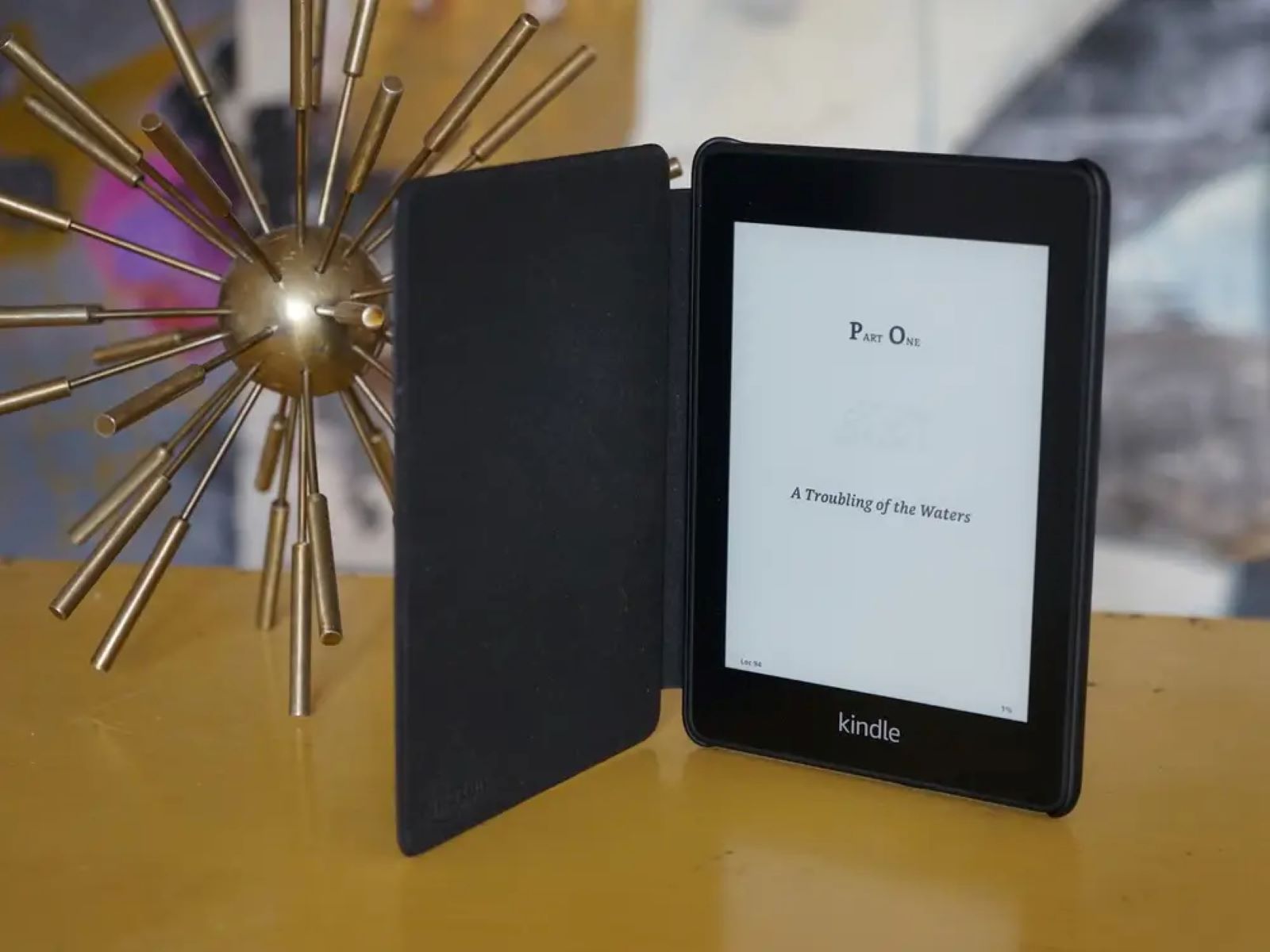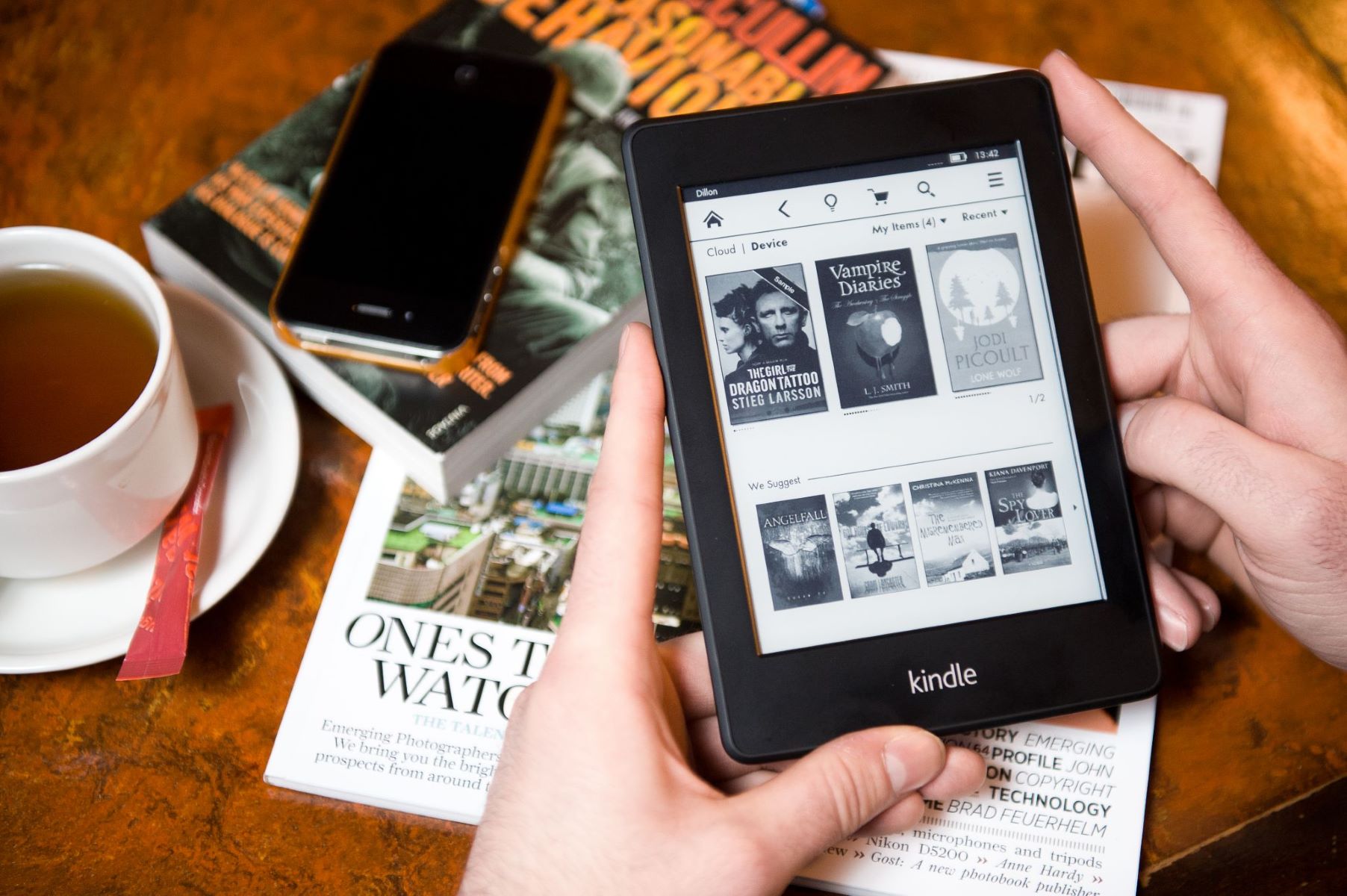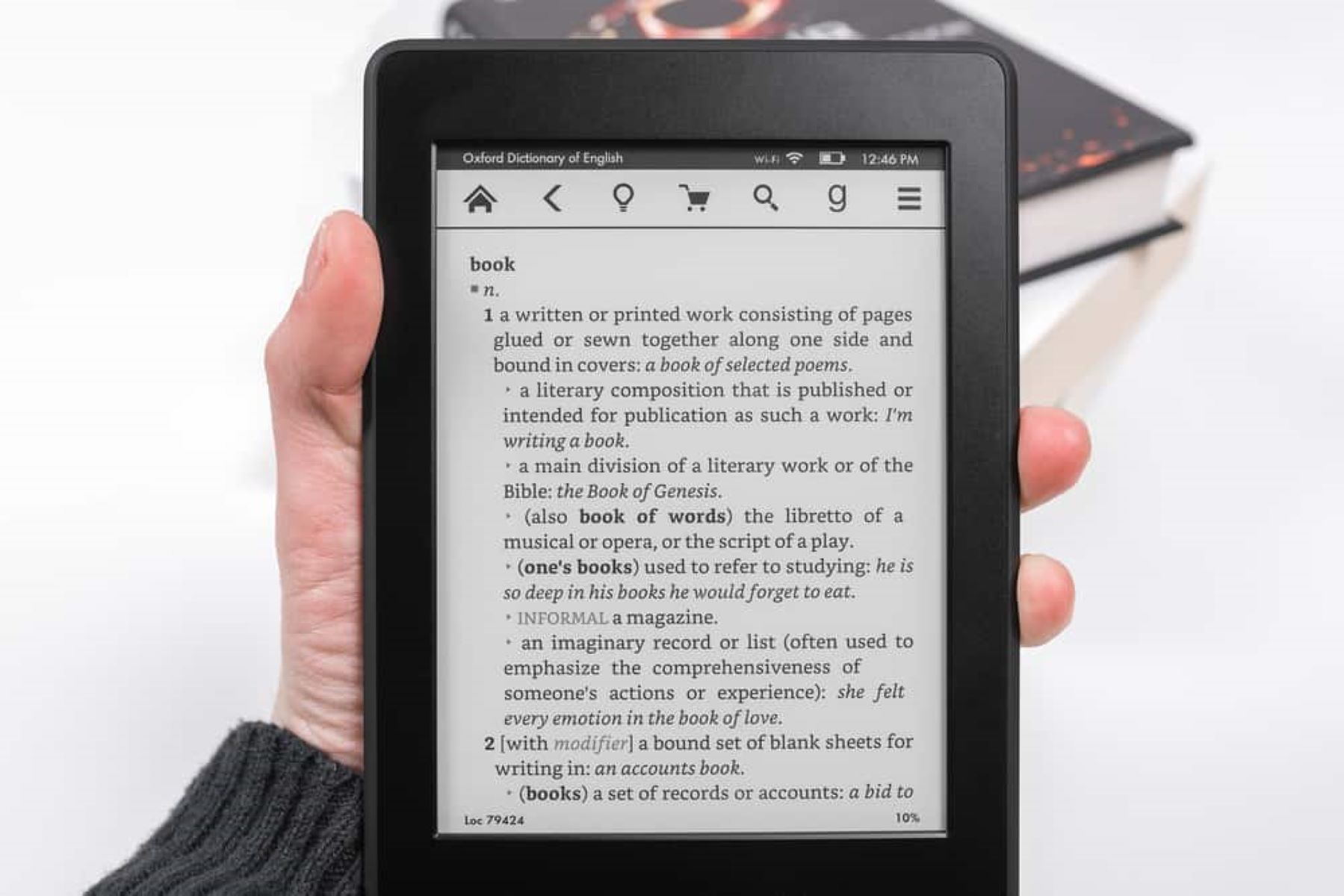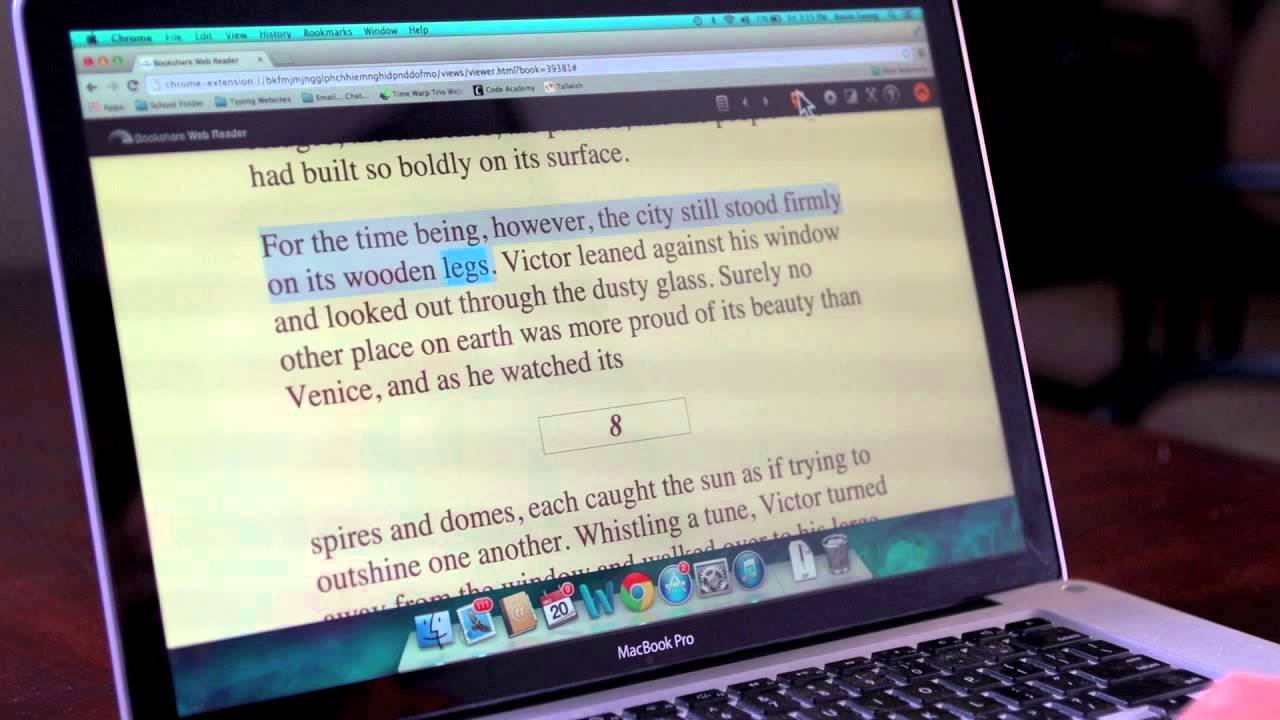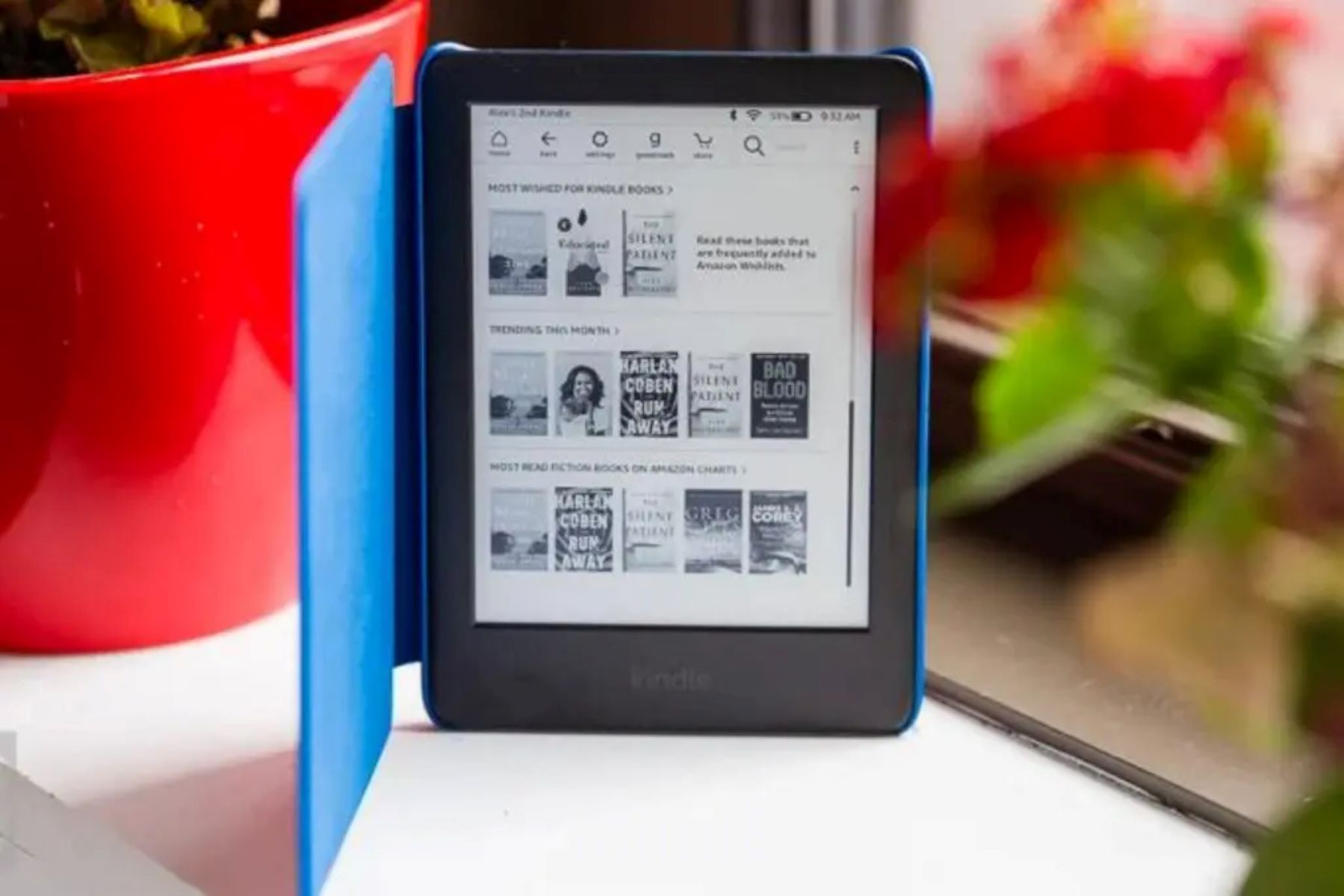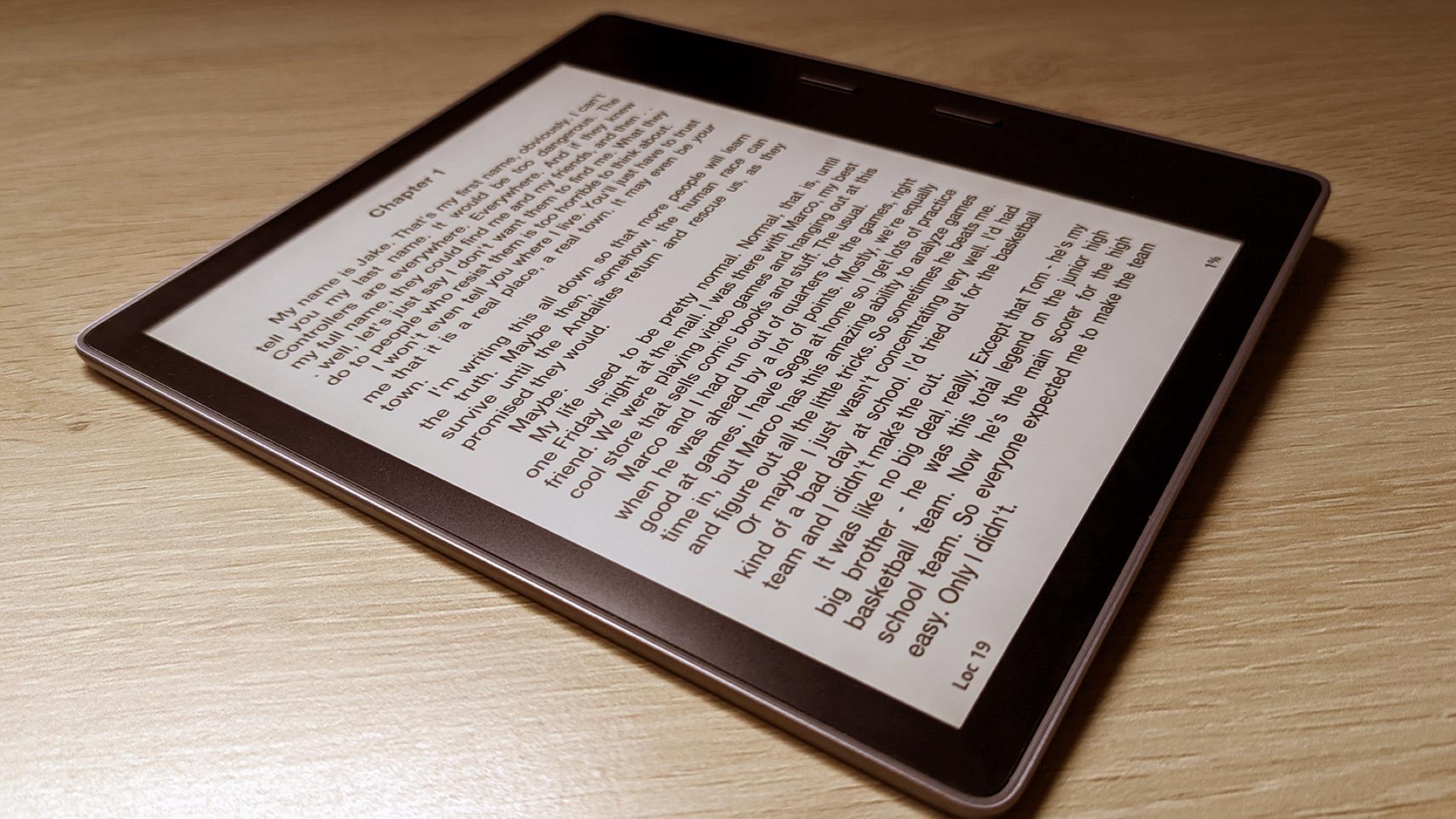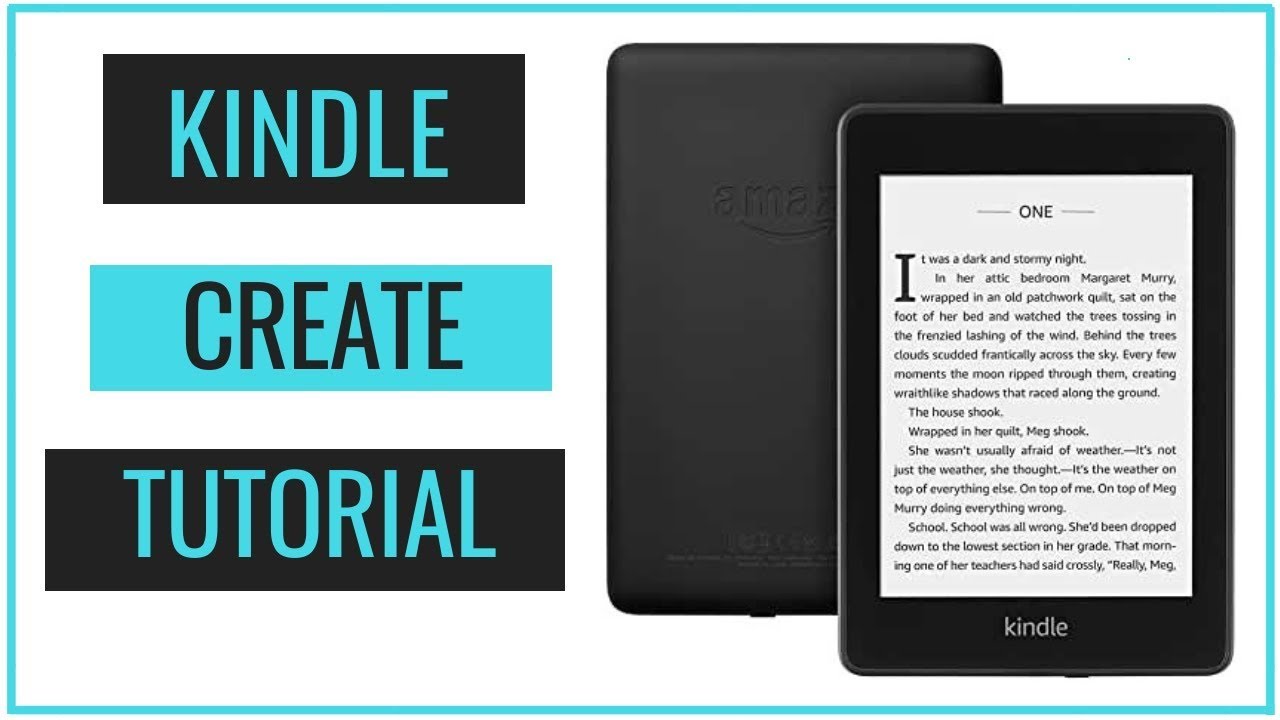Introduction
Are you an avid reader who loves the convenience and portability of eBooks? Do you own a Kindle device or use the Kindle app on your smartphone or tablet? Converting your eBooks to Kindle format allows you to enjoy your favorite titles on your Kindle device and take advantage of its robust features.
In this article, we will guide you through a step-by-step process on how to convert an eBook to Kindle format. Whether you have a collection of eBooks in various formats like EPUB, PDF, or MOBI, we’ll show you how to use a powerful tool called Calibre to convert them effortlessly.
Calibre is a popular eBook management software that not only allows you to organize your eBook library but also enables you to convert eBooks from one format to another, including Kindle format. With its intuitive interface and comprehensive features, Calibre is the perfect tool for eBook enthusiasts who want to enjoy their favorite titles on their Kindle devices or apps.
Converting an eBook to Kindle format not only ensures compatibility with your Kindle device but also optimizes the reading experience. Kindle format enhances the readability by adjusting font sizes, line spacing, and margins, providing seamless navigation, and preserving the formatting of the original book.
So, if you’re ready to dive into the world of Kindle reading with your favorite eBooks, let’s get started with the step-by-step process of converting an eBook to Kindle format using Calibre.
Step 1: Choose the right eBook format for conversion
Before we begin the conversion process, it’s important to ensure that you have the appropriate eBook format for conversion to Kindle. The most common eBook formats include EPUB, PDF, and MOBI.
If you obtained the eBook from popular eBook platforms like Amazon Kindle Store or Barnes & Noble Nook Store, chances are it is already in a compatible format for Kindle. However, if you have eBooks in different formats, you may need to convert them to a Kindle-supported format before enjoying them on your Kindle device.
EPUB is the most widely used and versatile eBook format. It is supported by many eBook readers, including non-Kindle devices. If your eBook is in EPUB format, you will need to convert it to Kindle format (MOBI) using Calibre.
PDF (Portable Document Format) is another prevalent eBook format. While Kindle devices can display PDFs, the reading experience may not be optimized due to formatting limitations. It’s recommended to convert PDFs to Kindle format to take full advantage of the Kindle’s features.
MOBI (Mobipocket) is the native format for Kindle eBooks. If your eBook is already in MOBI format, you won’t need to convert it, as it can be directly read by your Kindle device or app.
Once you have identified the format of your eBook, you can proceed to the next steps, where we will explore how to convert it to Kindle format using Calibre.
Step 2: Download and install Calibre
Calibre is a powerful eBook management software that simplifies the process of converting eBooks to Kindle format. To begin, you’ll need to download and install Calibre on your computer.
1. Open your preferred web browser and search for “Calibre eBook management software.”
2. Visit the official Calibre website and navigate to the download page.
3. Choose the appropriate version of Calibre for your operating system (Windows, macOS, or Linux) and click on the download link.
4. Once the download is complete, locate the installation file and double-click to initiate the installation process.
5. Follow the on-screen instructions to install Calibre on your computer. Make sure to read and accept the terms and conditions.
After a successful installation, you will have Calibre up and running on your computer, ready to help you convert your eBooks to Kindle format.
Calibre offers a user-friendly interface and a wide range of features beyond eBook conversion, including eBook organization, metadata management, and eBook syncing with your Kindle device or app. It’s a versatile tool that caters to the needs of eBook lovers.
Now that you have Calibre installed on your computer, let’s proceed to the next step to learn how to add your eBook to Calibre for conversion.
Step 3: Add your eBook to Calibre
Now that you have Calibre installed, it’s time to add your eBook to the software for conversion.
1. Launch Calibre on your computer by double-clicking the Calibre icon on your desktop or searching for it in your applications folder.
2. Once Calibre is open, click on the “Add books” button located on the top toolbar.
3. A file explorer window will appear, allowing you to navigate to the location where your eBook is saved on your computer.
4. Select your eBook file and click “Open” to add it to Calibre.
Calibre supports a wide range of eBook formats, including EPUB, PDF, MOBI, and more. Once your eBook is added, it will appear in the Calibre library.
Adding your eBook to Calibre is a crucial step as it prepares your eBook for conversion to Kindle format in the next steps. Calibre will analyze your eBook and gather its information, such as title, author, cover image, and other metadata.
It’s worth noting that Calibre allows you to manage and organize your eBook library effortlessly. You can edit metadata, add tags, create custom collections, and even convert and transfer eBooks to your Kindle device or app directly from Calibre.
With your eBook successfully added to Calibre, let’s move on to the next step, where we’ll explore how to edit the metadata of your eBook.
Step 4: Edit your eBook metadata
Metadata refers to the information associated with your eBook, such as the title, author, publisher, and cover image. Editing the metadata is important to ensure accurate and organized information for your eBook.
1. In Calibre, select the eBook you want to edit from your library by clicking on it.
2. Click on the “Edit metadata” button on the top toolbar. A new window will open, displaying the current metadata of your eBook.
3. You can now edit various fields, such as the title, author, series, publication year, and more. Simply click on the field you want to edit and enter the correct information.
4. To add a cover image to your eBook, click on the “Change cover” button and browse for an image file on your computer. Select the image and click “OK” to set it as the new cover.
Editing metadata is not only essential for organizing your eBook library but also plays a significant role in enhancing the reading experience. Accurate information and a visually appealing cover image make your eBook stand out.
Calibre provides advanced metadata management features, such as bulk editing, searching for metadata online, and even fetching missing metadata automatically. Taking the time to ensure accurate metadata for your eBook is a worthwhile investment.
Once you have edited the metadata of your eBook to your satisfaction, let’s move on to the next step, where we’ll convert your eBook to Kindle format using Calibre.
Step 5: Convert your eBook to Kindle format
Now that you have added your eBook to Calibre and edited its metadata, it’s time to convert it to Kindle format (MOBI).
1. Select the eBook you want to convert from your Calibre library by clicking on it.
2. Click on the “Convert books” button on the top toolbar. A conversion window will appear.
3. In the conversion window, ensure that the “Output format” is set to MOBI, the Kindle format.
4. You can customize the conversion settings, such as the font size, line spacing, and margin, to suit your reading preferences. However, the default settings usually work well for most users.
5. Click “OK” to start the conversion process. Calibre will convert your eBook to Kindle format, optimizing it for your Kindle device or app.
Depending on the size of your eBook and the performance of your computer, the conversion process may take some time. Once the conversion is complete, you will see a notification in the bottom-right corner of the Calibre window.
Calibre not only converts your eBook to the Kindle format but also ensures that the formatting, layout, and images are preserved. This allows for a seamless reading experience on your Kindle device or app.
Now that your eBook is converted to Kindle format, let’s proceed to the final step and learn how to transfer the converted eBook to your Kindle device or app.
Step 6: Transfer the converted eBook to your Kindle device or app
Now that your eBook has been converted to Kindle format using Calibre, the final step is to transfer it to your Kindle device or app for reading.
1. Connect your Kindle device to your computer using a compatible USB cable. If you’re using the Kindle app on your smartphone or tablet, skip to step 4.
2. Once your Kindle device is connected, Calibre should automatically detect it. You will see the Kindle device listed in the “Device” section of the Calibre toolbar.
3. Select the converted eBook from your Calibre library, then click on the “Send to device” button in the top toolbar. Calibre will transfer the eBook to your Kindle device.
4. If you’re using the Kindle app on your smartphone or tablet, you can transfer the converted eBook wirelessly. On your device, open the Kindle app and make sure it is connected to the same network as your computer.
5. In Calibre, select the converted eBook from your library, then click on the “Connect/share” button and choose “Wireless device.” Calibre will detect your Kindle app on the same network and transfer the eBook wirelessly.
After the transfer is complete, disconnect your Kindle device from the computer or close the Calibre wireless transfer interface. You can now access and enjoy your converted eBook on your Kindle device or app.
It’s important to note that when you transfer an eBook to your Kindle device or app, it will be stored in the “Books” or “Documents” folder, depending on your device. You can access it from the library or documents section of your Kindle device or app.
Congratulations! You have successfully converted and transferred your eBook to Kindle format, allowing you to enjoy your favorite titles on your Kindle device or app hassle-free.
Conclusion
Converting an eBook to Kindle format using Calibre opens up a whole new world of reading possibilities. By following the step-by-step process outlined in this article, you can easily convert your eBooks to Kindle format and enjoy them on your Kindle device or app.
We started by ensuring that you have the right eBook format for conversion. EPUB, PDF, and MOBI are the common eBook formats, and Calibre allows you to convert them to Kindle format for optimal compatibility.
Downloading and installing Calibre was the next step. Calibre provides a robust platform for eBook management, organization, and conversion. With its user-friendly interface, you can effortlessly manage your eBook library and convert eBooks with ease.
We then covered the process of adding your eBook to Calibre and editing its metadata. Organizing and adding accurate metadata enhances the overall reading experience and makes it easier to browse and locate your favorite titles.
Converting your eBook to Kindle format was the main focus of this guide. Calibre simplifies the conversion process and ensures that the formatting and layout of the original eBook are preserved. This allows for a seamless transition to Kindle reading.
Finally, we discussed how to transfer the converted eBook to your Kindle device or app. Whether through a USB connection or wirelessly, Calibre simplifies the transfer process, making your converted eBook readily accessible for reading.
Now that you have successfully converted your eBook to Kindle format using Calibre, it’s time to sit back, relax, and delve into your favorite titles on your Kindle device or app. Enjoy the convenience, portability, and enhanced reading experience that Kindle format offers!







